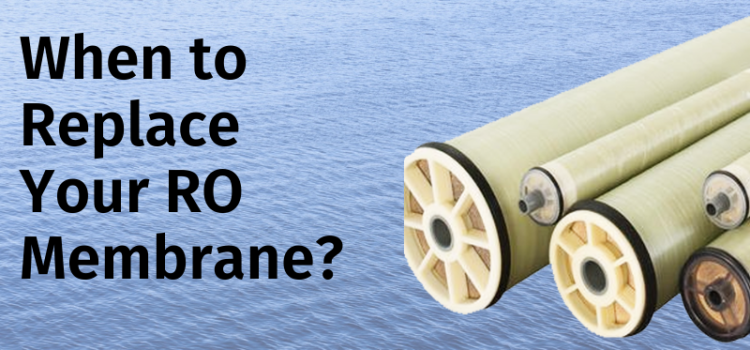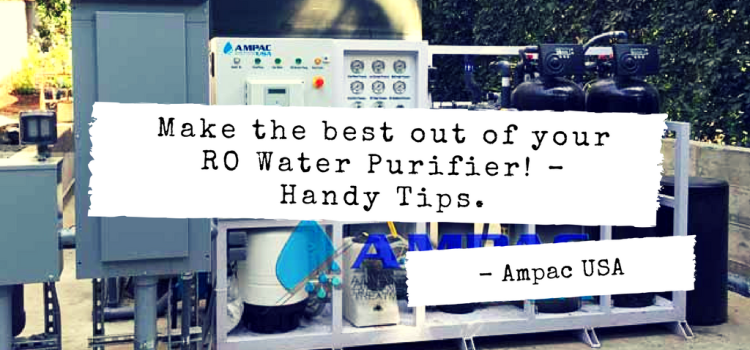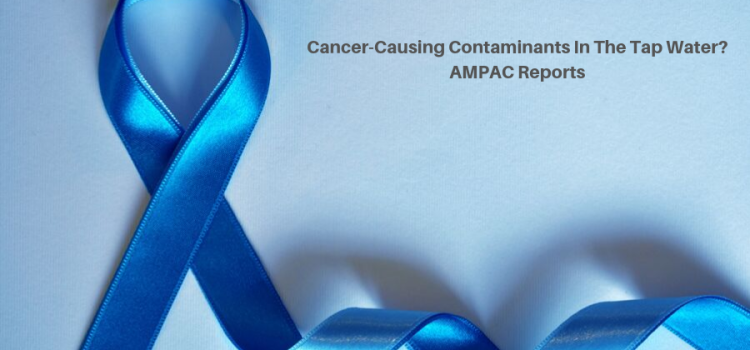Using an RO system is one of the smartest decisions you will ever make. Ideal for residential, commercial, and industrial uses, the reverse osmosis process makes water contamination-free and truly colorless, tasteless, and odorless. If you own or plan to own an RO system, you need to remember to learn about when to replace your RO membrane. Keep scrolling for the right answers.
When Do People Usually Replace an RO Membrane?
- As Per Manufacturers’ Guidelines
The manufacturer would usually give guidelines on when to replace the RO membrane along with the product. If you are calling in a team to train your people on the workings of an RO system, they will probably let you know how often you need to change the membrane after looking at your usage requirements and daily needs of water.
- Reduction in Flow Rate
Sometimes, there is a reduction in the flow rate of water while the demand remains the same or increases. It might lead to water shortage or scarcity of water. If that’s happening with your RO system, it might be an indicator that you need to replace your RO membrane.
- An Increase in RO Permeate Conductivity
RO system owners also report an increase in the RO permeate conductivity as related to the requirement of water quality. If that’s the case, it can be another sign that says your RO membranes need replacement.
How Long RO Membranes Usually Last?
In most cases, RO membranes can last for years. Sometimes they last for three years, and sometimes, they go on for 10 years. As long as an RO membrane is working correctly, it will have decent permeate flow rates and salt rejection levels. The performance in these two areas only reduces when the membranes become old and need to be replaced.
Which Key Factor Impacts the Life of an RO Membrane?
Though several factors impact the overall life of a membrane, one key factor is maintenance. If the maintenance is done correctly, the RO system will last longer and be efficient even if the membranes are old. In contrast, a new RO
Other Factors that Impact the Life of an RO Membrane
- Presence of String Oxidants
When strong oxidants like free chlorine come in contact with an RO membrane, it might considerably reduce membrane life. The extent of damage done to the RO membrane will depend on the concentration levels of chlorine. If the exposure to chlorine is constant, it might lead to problems like reduction in RO salt rejection and an increase in permeate flow rate.
If the decline in salt rejection or the increase in permeate flow rate is at unacceptable levels, it might mean that you need to replace all the elements of RO membranes. Even the elements which got exposed to chlorine in the second pass need to be replaced.
You can decide if you need to replace the membrane elements by measuring the conductivity of permeate water from each of the vessels of a membrane. Some rejection problems might be fixed by replacing just a few elements, not all of them.
- Excessive Fouling
Another common reason for the reduction in the life of RO membranes is excessive fouling. When that happens, the RO Feed to concentrate pressure drops to increase more than 15 percent. The normal permeate flow rate might also decline by more than 15 percent. In case biological particles or silicate clay particles collect and compact against the surface of a membrane, they might not be cleaned by using simple cleaning solutions. In such cases, offsite cleaning is needed.
- Presence of Large Biological Particles
The large biological particles can often be shed into the RO feed water from the biofilm that is present in piping or system components. Sometimes, these particles get caught within the membrane. It usually happens with older RO membranes. It is a cause of concern as it can cause the feed-to-concentrate pressure of lead elements to drop to increase.
If the pressure drop goes beyond 60 psi, it can potentially crush the concentrate-end membrane elements that are present within the vessels. A simple solution, in this case, would be to replace the lead-end membrane elements. When the pressure drop goes beyond 60 psi, crushed concentrate-end membrane elements might also need to be replaced.
- Scale Formation
There are many reasons for scale formation in an RO membrane. They vary from inadequate upstream softener regeneration or failure of a chemical injection pump. In addition, several scales or salts might lead to an increase in the last stage pressure drop. In such cases, the simplest solution is to go for onsite cleaning. It works when the scale is made up of calcium carbonate.
As sulfate scale is less soluble, its presence might lead to the need to replace membrane elements at the concentrate end. Even with a silica scale, you might need to replace membrane elements at the concentrate end.
Where to Get the Best RO Systems and Quality RO Membranes?
Finding RO Spare parts like RO membranes and replacement filters can be a tremendous task if systems are very sensitive to particular model types. AMPAC USA’s range of RO accessories, RO membranes, replacement filters, and spare parts are one of a kind, designed to be compatible with AMPAC USA systems and every standard model on the market.
The accessories are manufactured to be all-inclusive and standard that can sustain the wear and tear of demanding water systems. The parts are verified and reliable for safe use. AMPAC USA is a one-stop solution to every water problem, including the availability of accessories based on the model and make. AMPAC USA ensures lesser delivery time by housing many standard spare parts, RO membranes, and replacement filters.
Every RO membrane or replacement part is designed with care and good manufacturing practice. Skilled minds with experience of over 30 years make it possible to produce long-lasting, strong, reliable products. AMPAC USA has a solution to your every water query, especially on accessories. Finding the right match can be difficult, so you can hire an expert to help you select the right fit for your system. Just make a call at (909) 548 4900 to schedule a meeting, and our experts will be at your doorstep to help in no time. Get the best choices of Reverse Osmosis accessories at the best prices from us. To know more, visit us here.
Final Words
When seeking the answer to when to replace your RO membrane, you need to remember a few factors that impact the performance of an RO membrane. You need to either fix the situation or go for a replacement. Remember, the replacement should always be done quickly and swiftly to ensure that you increase the life of the future RO membranes.
It is also wise to get the replacement done by an expert who knows what they are doing. The cost of replacing the membranes is justified because if you don’t fix the membranes, the RO system might not work properly, and the water quality might drop. So, RO membrane replacement or cleaning are not the matters you can take lightly. The entire performance of your RO system depends on it.
References:
https://www.watertechonline.com/industry/article/14206172/kurita-america-when-to-replace-your-ro-membrane
https://www.ampac1.com/products/residential-reverse-osmosis/RO-accessories/replacement-filters










